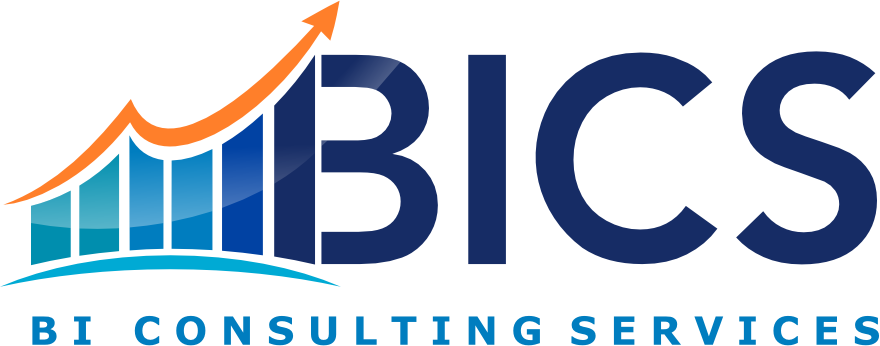Optimizing Utility Company Customer Satisfaction Using Key Driver Analysis

Client Overview
A large utility provider supplying electricity, gas, and water to residential and commercial customers faced a decline in customer satisfaction. Complaints included:
1.
Frequent billing errors.
2.
Slow customer service response times.
3.
Perceived unfair rate hikes.
4.
Service disruptions without adequate notifications.
The utility provider needed a data-driven strategy to analyze customer satisfaction, uncover key drivers, and enhance service quality.
Phase 1: Data Science Approach to Analyzing Key Drivers

Data Collection & Integration
We aggregated:
Customer feedback surveys (NPS, CSAT, and open-ended responses).
Customer support logs (billing complaints, service issues).
Usage data & service reliability metrics (power outages, water supply interruptions).
Machine Learning Key Driver Analysis
Using Gradient Boosting Models (XGBoost) and Logistic Regression, we identified:
Billing accuracy was the biggest predictor of dissatisfaction.
Call center wait times correlated with lower NPS scores.
Frequent, unexplained rate changes frustrated customers.

Phase 2: Implementing AI-Driven Solutions
Automated Billing Error Detection
AI models identified anomalies in customer bills before they were issued.
Estimated billing discrepancies dropped by 32%.
AI-Powered Customer Support Automation
Chatbots & AI call routing reduced wait times by 60%.
Customer service reps focused on complex cases instead of routine inquiries.
Transparent Rate Change Communication
Predictive analytics & customer segmentation improved outreach strategies.
Personalized rate explanations were sent before price adjustments.
Results & Impact
NPS increased from -5 to +20 within 9 months.
Billing complaint resolution time improved by 50%.
Customer service wait times reduced from 10 minutes to 2 minutes.
The utility company successfully leveraged data science to enhance transparency, optimize billing, and improve customer satisfaction.

